Linhof Super Technika V camera
Jan 29th, 2021 • Tech Notes
Linhof Super Technika 5 review
Linhof Super Technika V, STv. is one of the most desired portable view cameras, meaning desired by everyone but me. I have used mine outside of the studio since 1993, when it replaced my aged Gandolfi 1/2 pt with 5x4" back. I have used this camera and its lenses for almost all my landscape work in the forest and on coastal areas of the South West Region of Western Australia. Over these twenty eight years I have found it to be utterly reliable and dependable, but I have never grown to like it. It has many fine features, it is sturdy and precise, but it has some design quirks which are unfathomable and designed to thwart the user.
Linhof Super Technika with standard 150mm Voigtlander Apo Lanthar lens
Linhof STv, the good bits
While being the most awkward and fiddly camera ever made, with the exception of the up-the-arse film loading of pre-M Leicas, it does have some good features.
Wind vibration is the bane of large format field photography, foer example, how many 10 x 8" pictures have you seen made on windy days? The Linhof does not suffer from wind vibration due to the monumentality and depth of the Linhof shell housing, which shields the Linhof bellows. However this sturdiness makes the camera very heavy.
Scheimpflug correction is easy with practice, the four rear post locks can be slackened off and the top part of the frame pulled out to give some rear tilt. However, make sure the bottom of the rear frame is pushed in and the knobs locked so there is no unwanted movement later. Correct amount of tilt is, for me, the tip of my ring finger thickness between the body and the rear frame for a 90mm lens, the whole ring finger top joint for 135mm, middle finger top joint for 150mm and the length of my ring finger for 180mm. This is for me, but after you have set the tilt for full focus feel it and get used to using body measurements for this. EASY!
Linhof Super Technika rear posts used for Schmpflug correction
These posts are also good for extra extension for long lenses as they help keep the center of gravity over the tripod joint.
Linhof Super Technika with 240mm Schneider Symmar lens and bellows lens hood
Note rear posts are extended to pull centre of gravity back for better balance.
The frame finder is folded away as with the back extended it becomes unusable
Lens setting at infinity by use of the infinity stops on the extension rail make setting up a bit quicker, just a bit.
As the camera will fold flat with 135 and 150mm lenses or with a 90 or 120mm Angulon it can be folded and carried over one shoulder with a couple of DDS and a meter and hoods in a small shoulder bag. The tripod becomes a walking stick for long distances.
I have saved the best bit for last. Replacing bellows on this camera is an absolute joy and something to look forward to every forty five years. Simply remove the rear frame and pull the front standard out with it. To do this unscrew the four screws on the inside ends of the rear posts and slide out the rear frame with posts. You do not need to remove the four big screws on the post ends which are under the four rotating back locks, they are tightened in bigly in Munich and they are easy to damage. Next undcrew the four screws holding the front fame which holds the bellows in place, turn the bellows over so the wide bit is on the bench and remove the dozen screws that hold the four retaining plates in position. Insert the front plate in the new bellows and reassemble the whole thing. To re-insert the posts use a small screwdriver to hold the brass sprung locking things out of the way, after the first one this is very easy. You do not need to glue anything. Keith at Custom Bellows suggests using glue on the rear frame, but as I never use the bellows of this camera to their full extent I do not use glue.
Final bellows points, purchase real Linhof bellows from Custom Bellows in UK, they are not the cheapest, but the nasty cheap Chinese bellows are an utter waste of money. I bought a set, and promptly, well, two years promptly, got a real set from Keith at Custom Bellows.
Finally do not watch YouTube videos by total idiots who haven't a clue, YouTube is full of loons like this.
Linhof STv, the bad bits
Where do I begin? This, as already stated, is the most mind crunchingly awkward camera ever made. It is the epitome of awkwardity: all the knobs are small and fine, and the front rise and fall mechanism is a piece of misplaced ingenuity from Hell, We are told that this ratchet (rat shit) lever is to allow rise and fall with a wide angle lens recessed into the body. no, there is bugger all freedom in the now closed bellows to allow that.
Linhof Super Technika with 90mm Super Angulon lens
Note the extension bed is recessed into the body, also the infinity stops on the bed.
Other and far worse wide angle lens use problems with the Linhof are that, although it is superbly enginered, its back is fixed, making it an utter, total, complete, absolute, and damnable pain in the arse for wide angle or close work. Even with the silly wide angle toys available for the STv and Master Technikas they will not work easily with a lens shorter than 120mm. Even with a modest 90mm lens the extension rail on the focusing rack has to be retracted into the body see illustration. Then it still does not have a stub focusing track inside the body for use with the bed dropped, like the modest Folmer Speed Graphic, or the veteran Watson Alpha of the early 1900s. With the rail retracted it needs a recessed panel to allow any use of bellows rise. Then the particularly awkward Linhof recessed panels have their own set of awkwardities bordering on the absurd. For instance, because the lens throat is small when a lens is in a recessed panel there is no way to insert a cable release, so the funny cable release thingy has to be used. The old white button ones were intentionally designed so the tip of the release would pop out when the release was pressed. The later red button ones are a bit better, but are not cheap, I have replaced my old white ones with expensive new red ones, however, after all this time I still swear at these things and at the Linhof recessed panels in general, something I have done for almost thirty years. Actually I swear at my Linhof more than any other camera I have used.
Drop front, good for photographing city scapes from tall buildings. Oh, there is no drop front. After the wear problems on the front standard lock on the early Technikas the Orcs-of-Munich beefed up the front standard on the IV, V and Master Technikas, This resulted in the drip lens hole nonsense of the current Linhof panel. It also means that to get any drop front you have to tilt the back and front by exactly the same amount to get an effective front lens drop. The alternative is to remove the accessory shoe and put the camera on the tripod upside down, Are they joking? Has anyone apart from me ever tried this?
In the UK, USA and Australian versions the tripod socket is a little 1/4" one, a camera this size should have a real 3/8" socket for a bit more strength.
In conclusion, the much desired Linhof STv is the most fiddly, over engineered, awkward and insanely overpriced camera made. At least Leicas keep their value.
Here, from the early 1900s is an advert for the Watson Alpha camera that pre-solved many of the Linhof's awkwardities, and it was a lot lighter than the Linhof. Watson were primarilly microscope manufacturers.
Watson Alpha camera advert showing "Linhof Master Technika" bellows top flap,
also the very easy tilting back for Scheimpflug correction for landscape work.
It is like a 1920s wooden Linhof, with the rising front flap to allow the bellows to rise and with a rear focusing rack for extreme wide angle lenses, meaning the Cooke Wide Angle Anastigmat, that is all there was. I include two pages from the Watson Cameras catalogue, undated, as my final salvo against the Linhof.
Watson Alpha camera advert, showing body focusing rack for wide angle lenses
Finally, Watson also made a superb light weight field camera called the Acme, which was used by Wile E Coyote for avian photography in the USA.
← Return to Blog
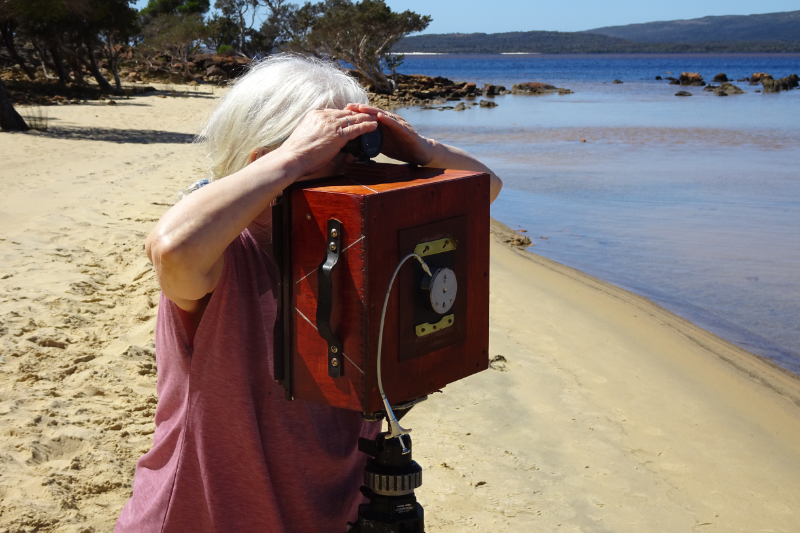
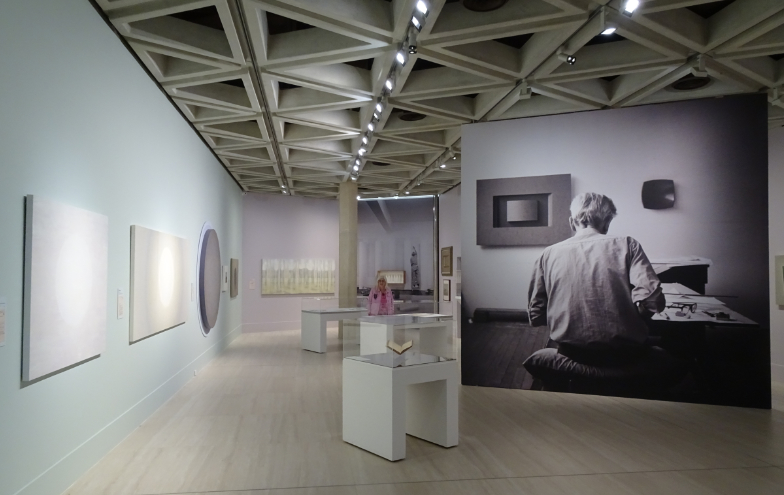
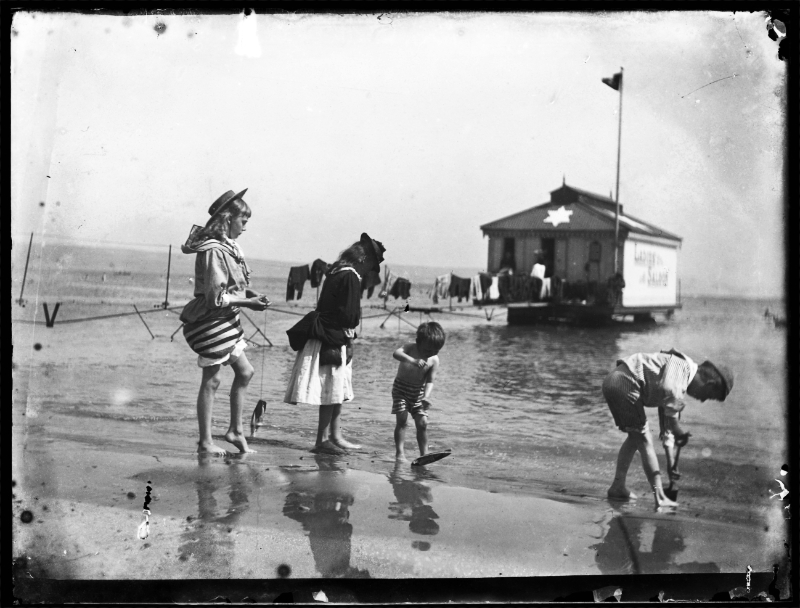
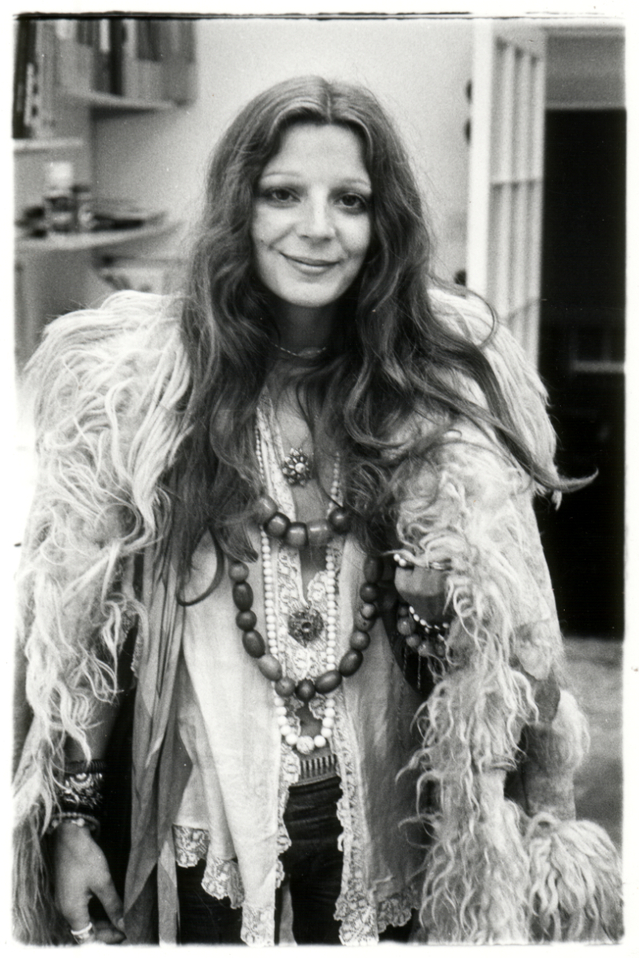
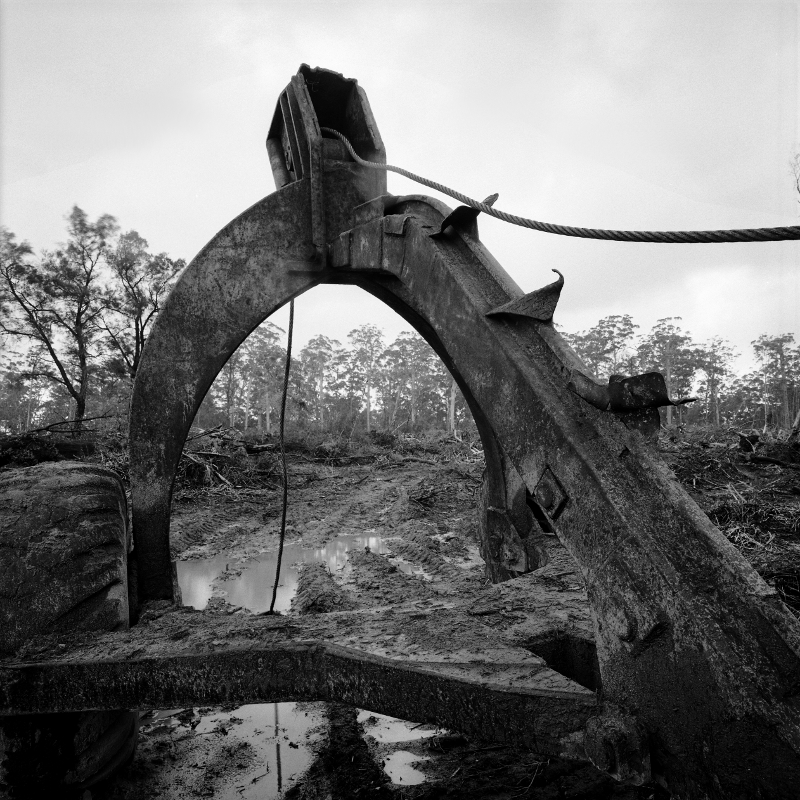
 RSS Feed
RSS Feed